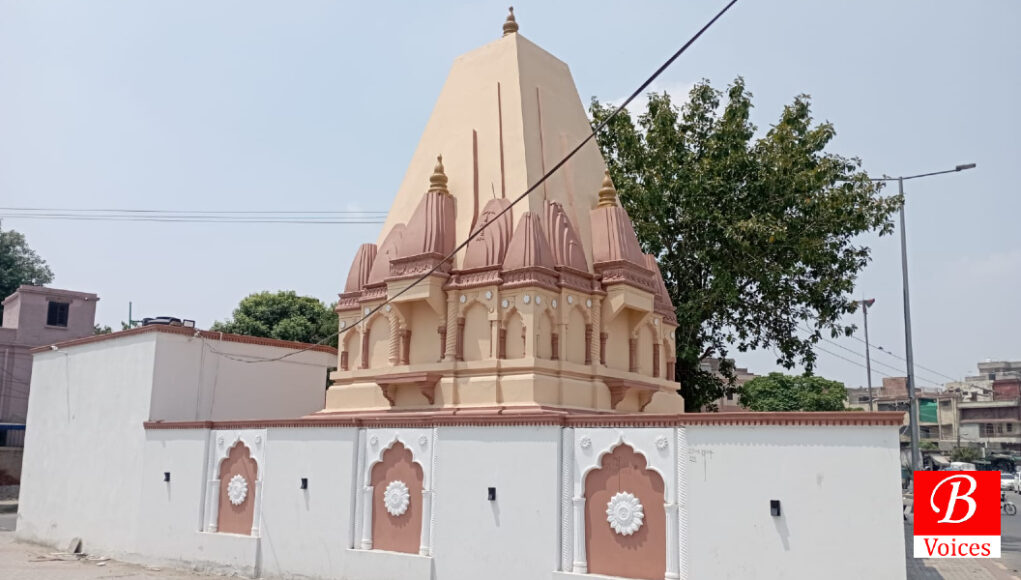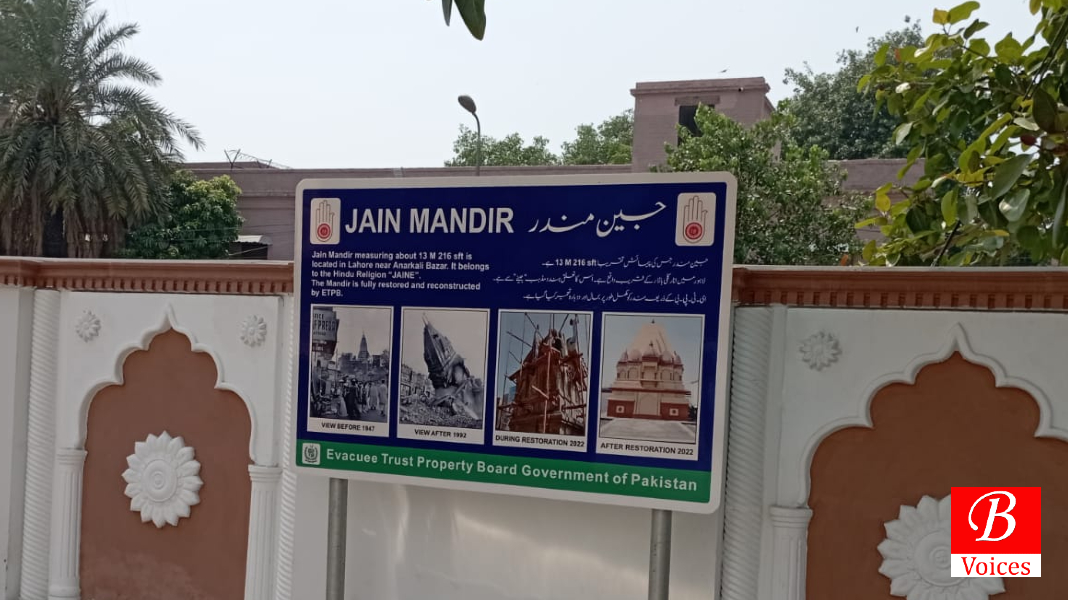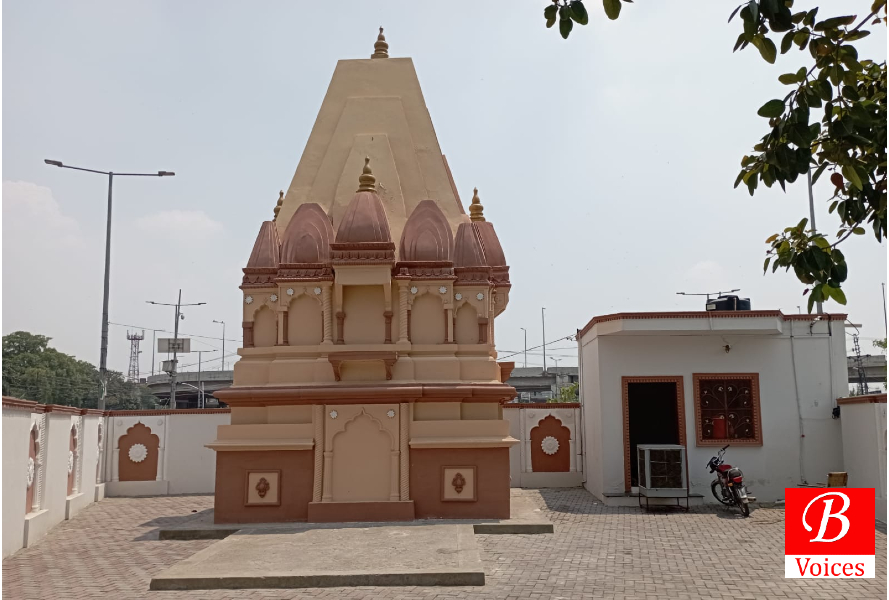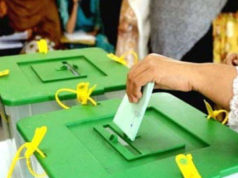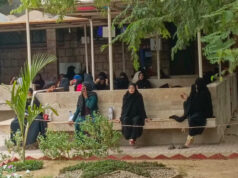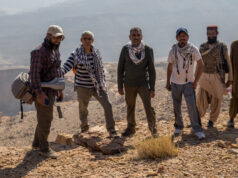Sher Ali
LAHORE: Religious and cultural heritage sites often bear the brunt of bigotry and intolerance. Perhaps, the famous Jain Temple, which stood with all its glory and grandeur in the heart of Anarkali Bazar Lahore, also fell victim to such a wave that originated from Ayodhya in India and traveled across the border all the way to Lahore. However, the good news for the admirers of religious architecture and advocates of diversity is that the temple has finally been restored in its pristine form.
Badly damaged following an attack by a charged mob in the wake of the Babri Masjid incident in 1992 in the Indian city of Ayodhya, the Jain Temple has been restored by the Evacuee Trust Property Board (ETPB) after a lapse of almost three decades.
Amir Hashmi, a spokesperson for ETPB, told Balochistan Voices that the untiring efforts of the ETPB team for restoration and renovation at Jain Temple paid off and it has finally been re-opened for the public. “Minister for Religious Affairs Punjab Abdul Shakoor paid a visit to the religious site last Sunday, following which ETPB opened the temple for people to visit,” Hashmi added.
The restoration work comes in the wake of a suo-motu notice by the Supreme Court of Pakistan in 2021 that it had taken following a mob attack on an old Hindu Temple located in Khyber Pakhtunkhwa by members of a religio-political party. Along with the directions to restore all the temples, the apex court had also directed the authorities concerned to repair the temple and seek compensation from the responsible persons.
In line with the directions of the Supreme Court, the ETPB had started restoration work on demolished temples across the country. In January 2022, ETPB released funds for the Jain Temple and within six months, the restoration work on the temple was completed.
Saying that the Mandir had completely been restored to its original shape, Hashmi also informed that there was a single Jain family in Lahore but the Jain community from across Pakistan now can visit their religious treasure.
In conversation with Balochistan Voices, he designated Pakistan a minority-friendly country and hoped that religious tourism and pilgrimage will snowball from neighboring India and other parts of the world in the wake of the restoration of religious sites. He also expressed his confidence in foolproof security provided by the government to religious tourists.
Lala Ammar Nath, a Hindu leader based in Lahore, appreciated the restoration of temples by the government and hoped that all temples in Pakistan would be restored by the government.
He was of the view that the constitution of Pakistan ensures minorities the religious freedom and security of their religious sites. He recalled how the Father of the Nation Jinnah had pronounced that religious minorities were free to go to their temples, churches, and gurdwaras.
The Jain Temple, which was originally constructed in 1930, has been restored to a 13 feet high building, smaller in height than the original one.
Professor Syed Muhammad Nisar Safdar is a Lahore-based historian. Talking to Balochistan Voices he said that the Jains are a peaceful religious community who believe in non-violence to the extent that even the life of an insect or an ant is also worth preserving for them.
“As they don’t even harm the insects, the Jains cannot destroy mosques of Muslims or anything related to them. The charged mob had no idea about it. They were destroying the temple with great anger and hatred which could be observed on their faces,” he said.
Nisar said he was an eyewitness to this attack, adding that he could not forget the moment and was traumatized to see what was happening. “I was helpless at that time and the mob was chanting slogans against Hindus and demolishing the temple,” he said and added that within no time the temple was razed to the ground in front of my eyes.
He said that Jain Mandir Stop is a famous intersection in Lahore known to both commuters and transporters alike.
“The Mandir had been demolished but its importance could not be minimized,” said Nisar adding that notwithstanding a change of intersection name, people still know it as Jain Mandir stop or Jain Mandir Chowk.
Nisar further explained that nations change their decisions and stance according to time and situation. It is good that the government in Pakistan has realized and re-constructed the temple in its real design. He said that increasing space for minorities would shrink extremism in Pakistan with the passage of time and people would be rational in the coming days.
He expressed optimism that in the future people will think before acting, adding that the State knows how to establish its writ. “Now, no one would dare destroy it. Government has reconstructed and reopened it for the people,” Nisar concluded.
Share your comments!


